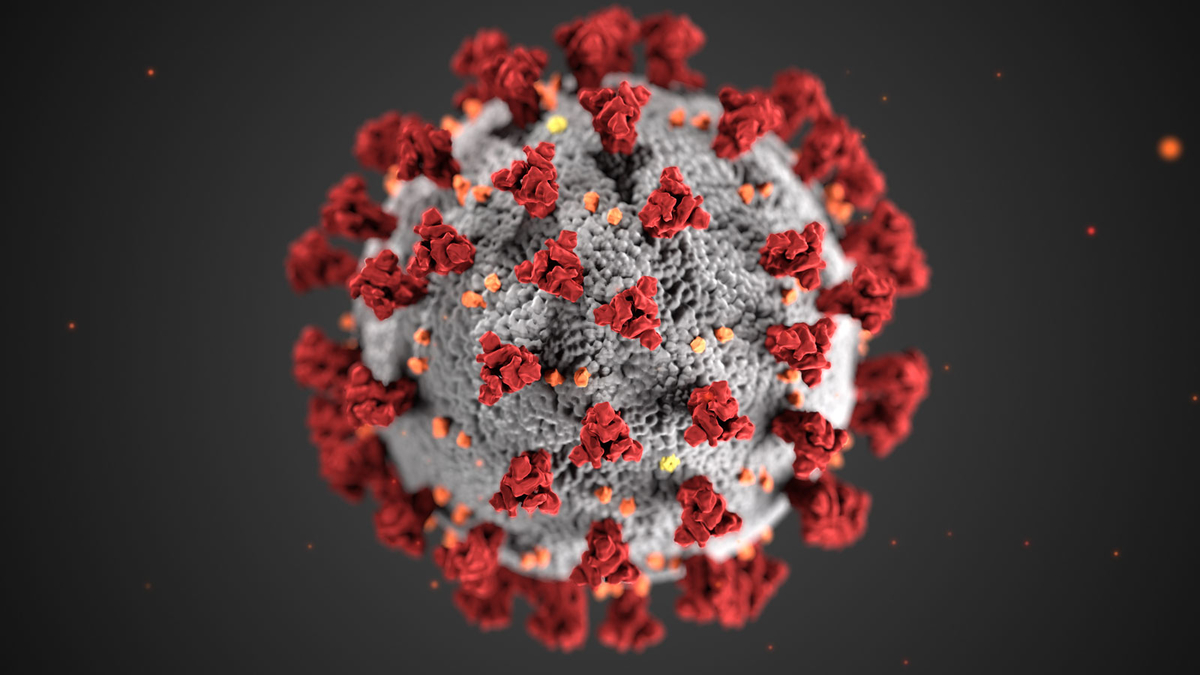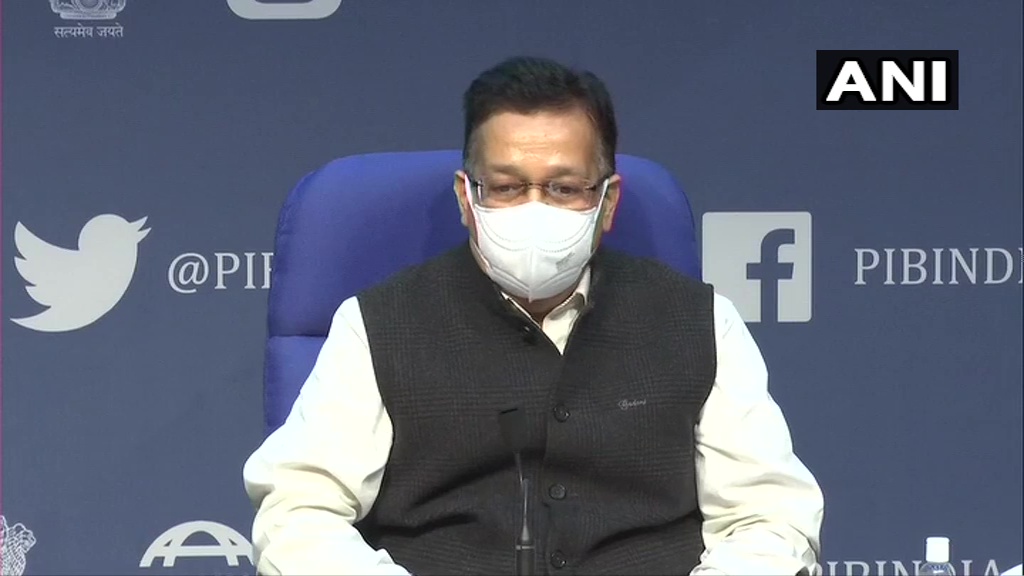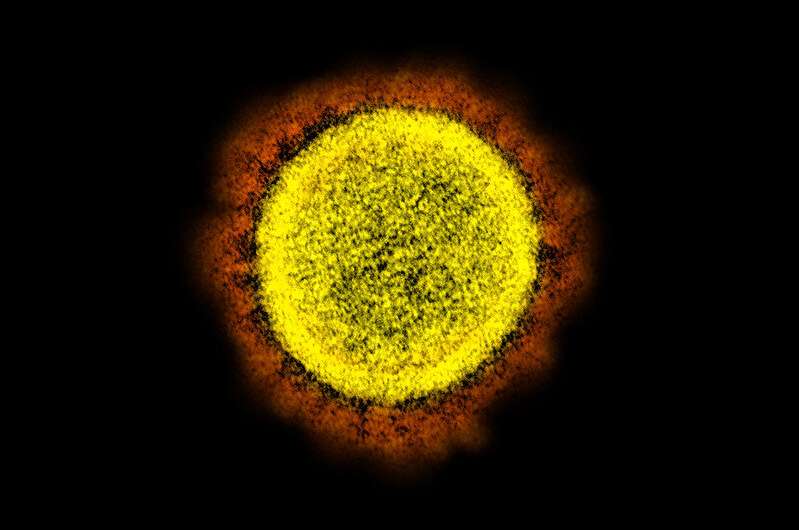Dr Maria Van Kerkhove, the WHO’s technical lead on Covid-19, warned in early February that the pandemic was far from finished and that new varieties will arise, some of which might be more transmissible than the Omicron BA.2 form. “The next variation of worry will be more fit, which means it will be more transmissible since it will have to outperform what is now circulating.” The main issue is whether future versions will be more or less severe, according to Dr. Van Kerkhove.
Evading antibodies
Only by displaying a significantly greater capacity to resist neutralising antibodies will the next version become even more transmissible than the Omicron form. As a result, complete immunizations (two doses) will be even less helpful in avoiding illness outbreaks. However, persons who have been completely vaccinated have been proven to be less likely to get serious diseases that need hospitalisation or even death. Because T cells and B cells are involved in reducing the severity of the illness, this is the case. “Memory T cells have a slim chance of preventing SARS-CoV-2 infections.” That isn’t what T cells are supposed to accomplish. That is just not what T cells generally do. They may reduce COVID-19 disease severity and prevent deaths,” Dr. Shane Crotty from La Jolla Institute for Immunology, La Jolla, California, had earlier said.
“Variants are a bit of a wild card.” Dr. Van Kherkhove continued, “We still don’t know everything about this virus, we don’t know everything about the variations, and we don’t know anything about the future trajectory of it.”
While the next variety must be more infectious than the Omicron variant, it is impossible to predict whether the variant will be more or less severe. However, it is crucial to recall that from the beginning of the pandemic, it was obvious that viral transmission started even before symptoms appear. That is what distinguishes SARS-CoV-2 from the SARS and MERS viruses of 2002.
The transmission feature is decoupled from disease since it begins before symptoms appear and much before the disease gets serious. As a result, the natural selection process picks variations based on their ability to evade neutralising antibodies rather than how they induce illness.
“Almost all [SARS-CoV-2] transmission occurs when persons have no or few symptoms, therefore severity should not play a role in evolutionary selection.” Dr. William P. Hanage of Harvard T.H. Chan School of Public Health, Boston, tweeted, “NERVTAG [The New and Emerging Respiratory Virus Threats Advisory Group] feels Omicron’s mildness is likely pure chance, and the next one is likely to be more severe again.”
Immune escape
The virus was new, and no one had any immunity to it at the start of the epidemic. However, with millions of people infected by the virus and millions of people completely vaccinated, and some with a mix of natural infection and vaccination, the next variety must have a greater immune escape rate to induce infection. This is why the next variation will have a higher immune escape rate than the Omicron form.
Despite the fact that the Omicron variation generated a substantial number of infections in both virus-naive persons and those who had previously been infected and immunised, illness severity was considerably less severe at the population level than the Delta variant.
People with pre-existing immunity, either through vaccination or past infection, had a reduced illness severity.
The Omicron variation was compared to the Delta variant in two investigations that attempted to demonstrate the inherent disease severity of the Omicron variant. According to the research, the Omicron variation is 75 percent as likely as the delta variant to cause serious illness or death. “In the Omicron-driven wave, severe COVID-19 outcomes were reduced mostly due to protection conferred by prior infection and/or vaccination, but intrinsically reduced virulence may account for an approximately 25% reduced risk of severe hospitalisation or death compared to Delta,” the authors conclude in a study published as a preprint in medRxiv on January 12, this year.
Intrinsic severity
In the second research, the Imperial College COVID-19 response team discovered that patients who have been reinfected had a 69 percent lower chance of hospitalisation than people who have been infected for the first time.
Dr. Roby P. Bhattacharyya of Massachusetts General Hospital and Dr. William P. Hanage of Harvard T.H. Chan School of Public Health, Boston, write in The New England Journal of Medicine, “This meaningful but relatively small difference implies that Omicron, Alpha, and wild-type SARS-CoV-2 have similar intrinsic severity.”
“Viruses don’t automatically develop to be less virulent; evolution just selects for those that replicate well.” Reduced severity may not be explicitly chosen for in the instance of COVID-19, where the vast majority of transmission occurs before illness becomes severe,” Dr. Bhattacharyya and Dr. Hanage write. “In fact, prior SARS-CoV-2 variants with increased transmissibility (such as Alpha and Delta) appear to have a higher inherent severity than their immediate predecessors or the previously dominant variation.”
“It is also not true that variants are becoming milder. Delta was more severe than Alpha which was more severe than the original [virus]. Omicron is milder than Delta but likely not milder than original [virus]… and it’s not part of a steady progression to mildness.,” Dr. Hanage tweeted.
Separate lineages
Just like how transmission is decoupled from disease severity for the SARS-CoV-2 virus, it is also true that the new variants have not evolved from the existing ones. “Thus far, new variants of concern have not evolved from the dominant preceding one. Instead, they have emerged from separate lineages,” says a report in Nature. Dr. William Hanage, too, says the same in a tweet: “[SARS-CoV-2] evolves rapidly, but this isn’t straightforward. None of the main variants evolved from each other. Instead, so far they are all distinct, becoming gradually fitter via subvariants until replaced by an entirely new variant.”




